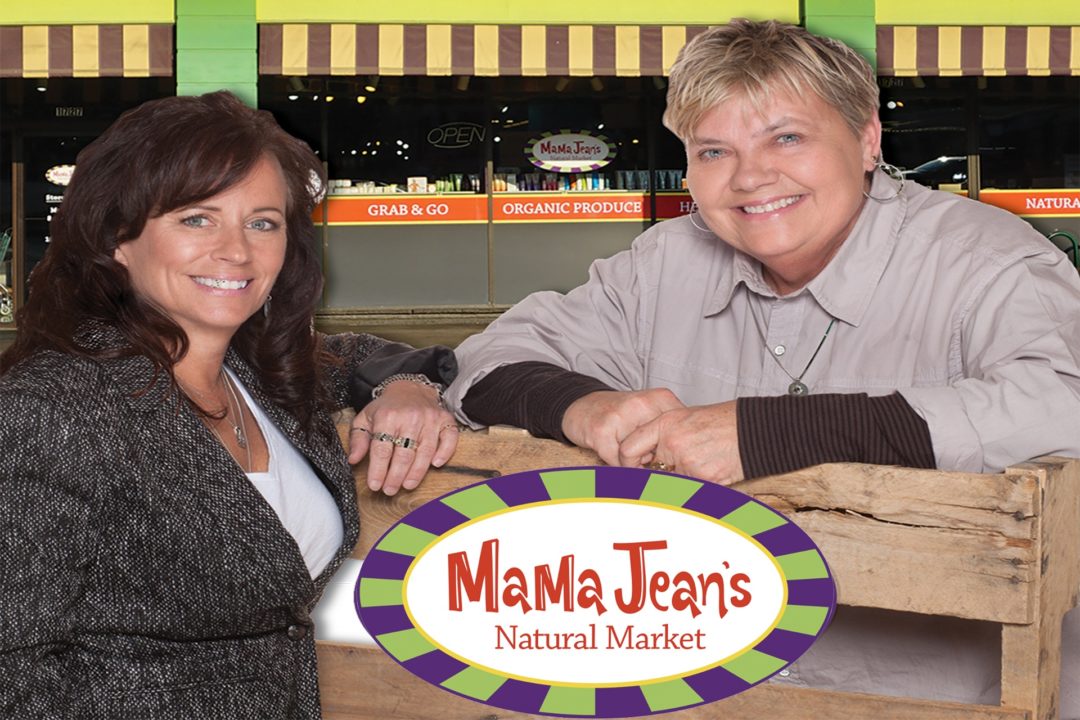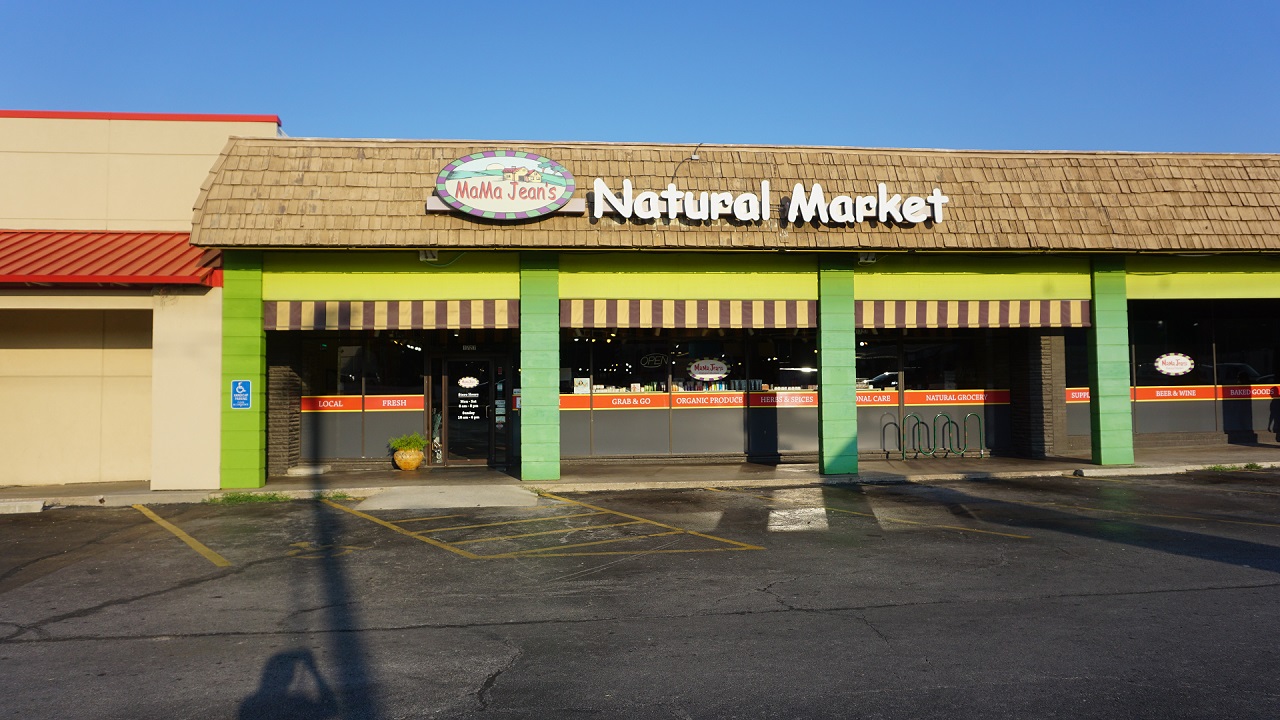
“Ava was not even 4,000 people and her store is 4,000 square feet,” explains Farbin. “Not many businesses exceed the square footage of a population of their town. We realized there was definitely a need in Springfield.”
It was 2002 and the opportunity was clear. A demand existed for natural products, and who better to meet it? So Susie Farbin partnered with her friend Diana Hicks, who had recently retired from O’Reilly Auto Parts after 30 years of employment there. Word spread quickly about the new store they named MaMa Jean’s Natural Market in homage to its roots in Ava. Even before opening, Springfield customers were calling Jean’s Health Ways asking when MaMa Jean’s would open.
“We had such a soft opening, but people just showed up,” recalls Farbin. Success came relatively quick. In fact, MaMa Jean’s customers were advocating on their behalf. “We probably hadn’t been open six months and we had a customer run an ad in the local shopper for us!” says Hicks.
Growing and Adapting By 2008, it was high time to open a second location. “We were seeing employees standing in line for the restroom,” says Farbin. “The orders kept getting bigger and bigger and we hardly had any place to receive them.”
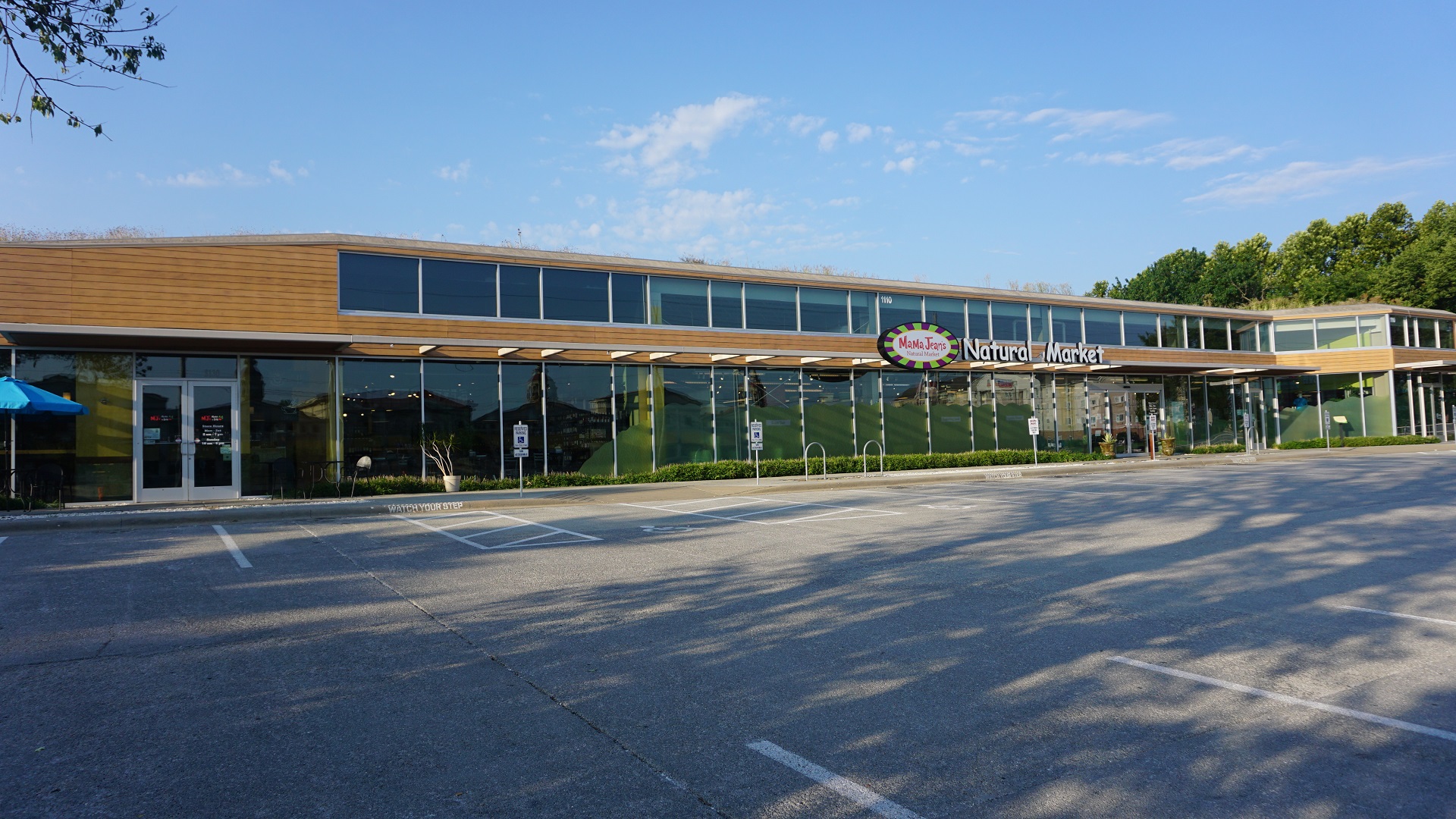
While not large in population, Springfield is rather sprawling, so customers tend to shop by neighborhood. MaMa Jean’s opened the second location on the south side allowing them to serve a newer and more affluent population.
“We were able to go into a LEED platinum green building, a beautiful building with tons of natural light and of course it’s a little bit larger so we wanted to go into food service,” says Farbin. It was here that Farbin and Hicks saw the value of prepared foods, eventually expanding into a location next door with a full commercial kitchen. Their third location also had a commercial kitchen, but neither was sufficient to satisfy their growing needs.
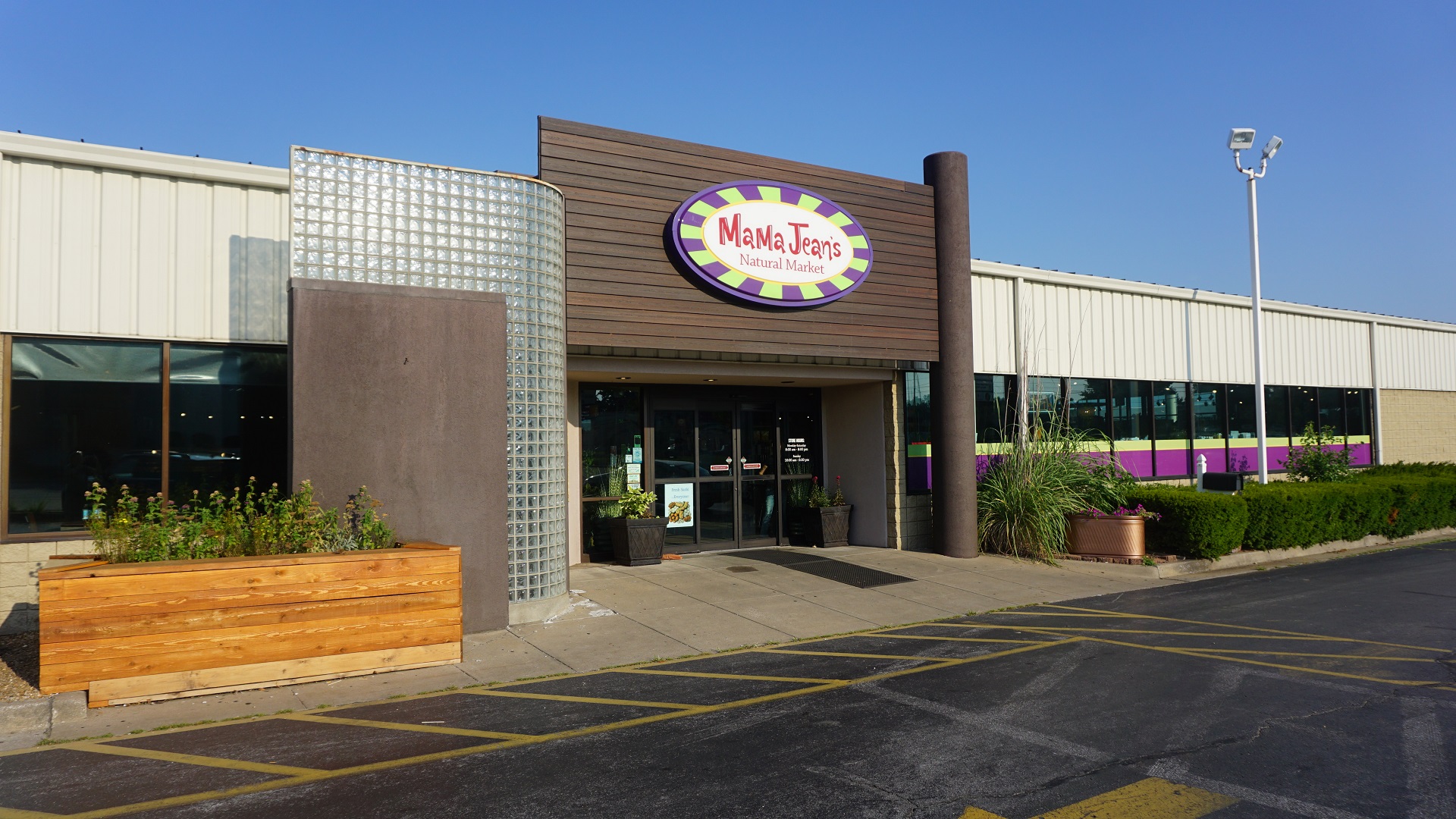
“Grab-and-go was becoming high in demand and we realized we really needed a full production kitchen, that none of the locations could handle the load because they were so busy doing the smoothies and the juices and sandwiches and salads, there just wasn’t the space to do the high production,” explains Farbin. Hence, the debut of MJ’s Market & Deli in 2016.
This has a lot of benefits such as consolidating food production to one location, lowering costs and improving consistency and efficiency across locations.
Over time, MaMa Jean’s has been able to forge a longstanding relationship with its townsfolk, growing and adapting with each new location to meet customer needs and learn how to better serve them. As the shopping is very neighborhood driven, certain products will sell better than others depending on location and the inventory differs to accommodate spending habits. For example, MaMa Jean’s original location has the largest vegetarian and vegan sales as well as a very eclectic mix of products.
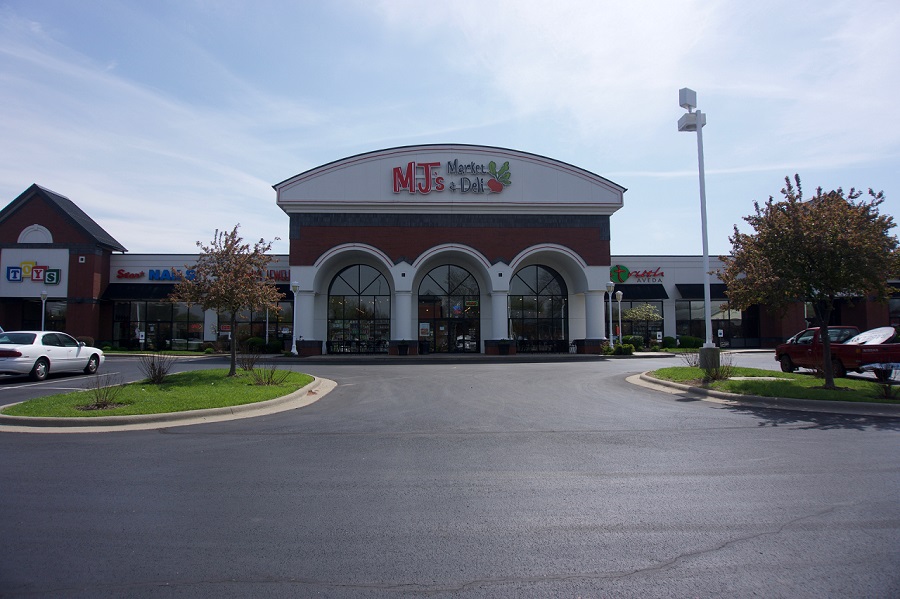
This makes sense since it’s the closest location to the University of Missouri, bringing in a lot of young, open-minded and forward-thinking clientele. Their second location being in a more affluent area has a larger selection of higher-end makeup, body care items and wine.
“I worked for a year doing what I called ‘fixing the mix’ and trying to get the inventory to match, then I realized it wasn’t working because they’re so different,” says Farbin. “We could sell a couple of cases of something in one store and the other will sell three items in a month; well, we don’t need that in that store. I just totally ditched that idea, we have the core items, the fast movers, but things that are a little more unique, we realized these stores are just going to be different.”
Customer Testimonial

WholeFoods Magazine talked with a former resident of Springfield, MO and very early MaMa Jean’s customer Beth Spindler. An author and yoga instructor, she conducts private personalized yoga therapy sessions and has even taught yoga in MaMa Jean’s community room. Spindler, who is vegan, was a customer from the opening day and still shops there when she visits town — most recently this past spring.
Q: What is your favorite thing about shopping at MaMa Jean’s? What makes them unique in your mind compared to other places you’ve grocery shopped?
A: While I have always shopped at natural food stores, Mama Jean’s has the best selection. The best thing about Mama Jean’s is that the selection is customer driven. If you request a specific product they will often stock it — unlike stores that buy from only a few vendors. They take a personal interest in their clients.
If they don’t have it, they’ll make sure they do in a week or so. There were often samples and it was my daughters’ favorite outing of the week! Growing Their Own Size and infrastructure are also important factors that allow Farbin and Hicks to get creative. “Two years ago, we planted a bunch of rooftop gardens so there is a place you can go on top of the building and eat,” says Farbin of the second location. “We actually grow a lot of food up there and have gardens behind the store. So, a lot of that gets used in the food prep, which is pretty exciting.”
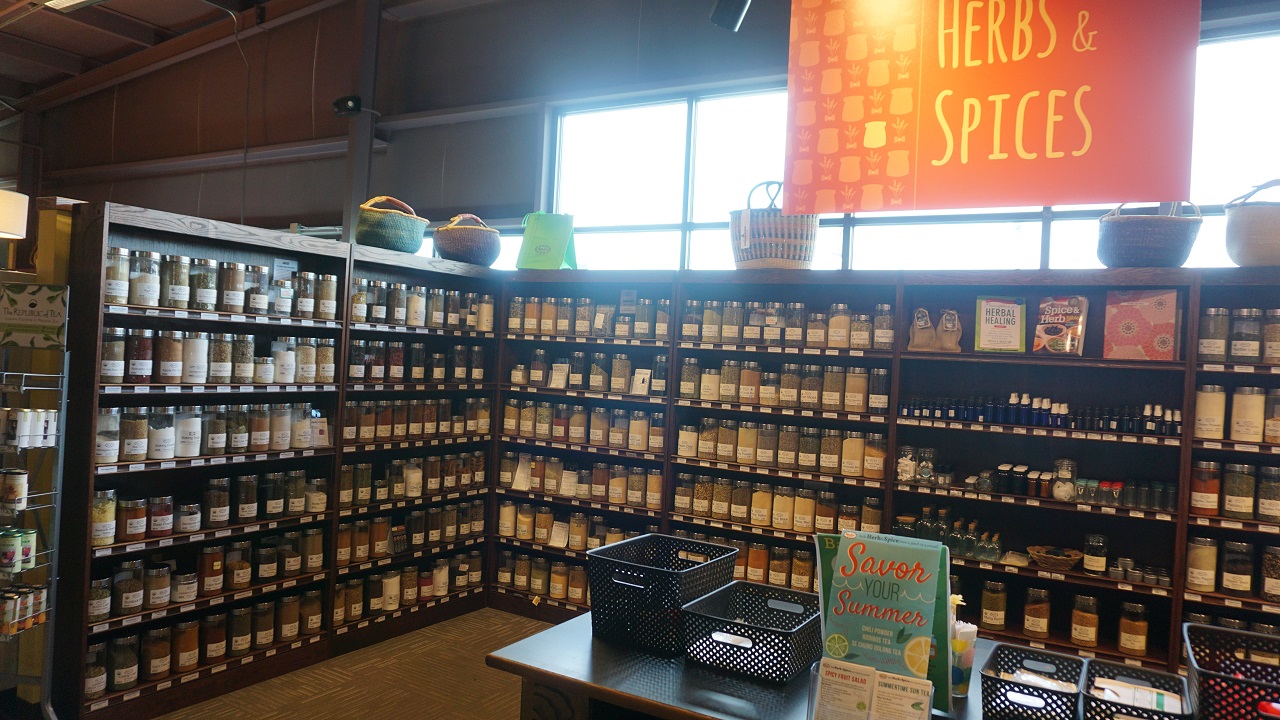
Their most recent store also has a garden installed on the outside along with three beehives. “Last year we did our first harvest,” she says. “In September we’ll have our second harvest and we’ll probably get a higher yield this year. We have these great herbs and plants around them, so they don’t really have to fly that far because we wanted it to be as organic as possible and to make sure they were collecting pollen from things grown organically around them.”
When it comes to drawing in clientele, Farbin and Hicks have also learned it’s not about being a one-stop shop, but offering a unique and superior inventory that gives shoppers incentive to come in. “That’s why we have a lot of layers to our business,” says Farbin. “Some people just want to come in to have a nice relaxing place to enjoy organic cappuccino, but then they’ll buy something else, or not. Others want the prepared food, some are just wellness buyers.”

One of the most popular attractions to MaMa Jean’s stores is the bulk herb section. “What sets us apart is that we have this extensive bulk herb and spice section,” says Farbin. “It’s probably over 300 jars, always in glass, since we’re glass snobs, and everything is always non-irradiated. We get all these people who are not into natural foods that much but save so much money buying spices here. We did this example of buying 12 herb items at a grocery store vs. buying what you need in bulk at MaMa Jean’s. You save $25 plus you can come in and buy just a teaspoon of it if you don’t use it often, but a recipe calls for it.”
Customer Service and Outreach “I always say I went to the Charlie O’Reilly course for customer service because that was one thing they always drilled into our heads; you can buy auto parts anywhere, but you want to know those customers by name, you want to go above and beyond so they always think of you first when it comes to buying auto parts,” Hicks says. “Well, it’s similar in grocery because you can grocery shop anywhere, but we like to know their names, we listen to what they want.”
Indeed, there is so much more to a good shopping experience than a great environment and inventory. That’s all on the surface and what customers really remember is how they were treated. Since MaMa Jean’s has opened, there has been some competition from major chains and e-commerce, but this independent retailer continues to thrive. Why?

Well, says Hicks, quoting her customers, “[The competition] doesn’t know the names of my children like your deli people do, they don’t know what I like to order when I come in.” Having deep roots in a town makes running a business a personal experience and familiarity is something people crave, especially when it comes to shopping, which can be such a chore. You set the scene and allow your employees to do the rest.
“We really try to be sensitive to the lighting, what music is playing at what volume and just making people feel really welcome,” says Farbin. “Just try to set up the environment, how can this be the most enjoyable? Then I tell everybody, what can’t you get online: you can’t get personal customer service and you can’t eat anything, so we’re really amping up our sampling program. Also, community events, getting out there in the community, that’s brought a lot of new customers in who think maybe they will try MaMa Jean’s.”When it comes to bringing in new customers, word of mouth has always been a great resource for MaMa Jean’s because its reputation is so good, but the importance of outreach is not lost on Farbin or Hicks, so they do make a great effort to educate people via their blog and use social media to engage existing and potential clientele. While there was a great deal of demand for a natural product retailer in the town, the label “health food store” carries certain preconceived notions for some people. Some of these stereotypes aren’t exactly false, as Farbin and Hicks playfully call their original location “the hippie store,” but being dismissed as the hippie store is not an option.
MaMa Jean’s By the Numbers
Number of Locations: 4 Number of Employees: 116 full time employees and 42 part time employees Money Spent on Payroll: $170,000 bi-weekly Sales per square foot: $118 Retailer Square Feet: Store 1: 8,620 Store 2: 16,634 Store 3: 15,000“Because we’re in the conservative Midwest, people think we’re a hippie store. We have a lot of weird products and we thought that if we educate people on what these products do or where they come from or why we have them, then we wouldn’t have such a stigma of being the weird store,” says Hicks. “On our webpage, we have blogs that have different products and our team members do the research and write the blogs. So, they’re learning about the products in addition to educating our customers about the product as well.”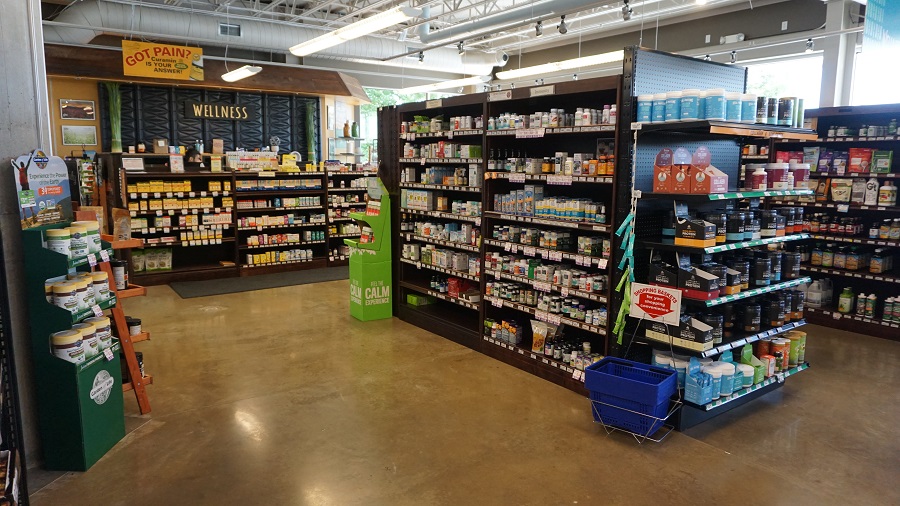
MaMa Jean’s also seeks to incentivize shoppers by offering products that serve causes, in a program titled “Products with Purpose.” For example, MaMa Jean’s sells baskets woven by women in a community in Africa, empowering them and providing them with a living wage. “A lot of products are similar, so if a person is looking at two products, and they know one of the products helps endangered animals, then they’re going to pick the product that supports a cause,” says Hicks.
MaMa Jean’s also has a rewards program in which customers who are signed up receive $5 store credit for every $200 spent at the store. This is a great reflection of how many customers the stores have and are still getting. “You would think that everyone in town would have one of our cards, but we’re still taking many applications every day,” says Farbin. “We are getting new customers in constantly, so that’s a good thing.” In total, 70,000 people have enrolled in the rewards program and Mama Jean’s gets about 17,000 active card holders shopping each month.
Employee Training The calling card of any natural product retailer worth its salt is the ability to interact and educate customers in the store. That means training employees, which can be easier said than done, especially if you have multiple sections.
“The wellness department is cross-trained with the body care department and vice-versa, because we put those two departments side by side,” explains Hicks. “Then we have the cashiers and the grocery team which we’ve recently combined into one, and they’re called the sales floor team. So that way we have people that sell grocery also stock shelves, so they know where products are. Then the stockers are also cashiers, so they can know what the cashiers go through when they don’t stock a product right or put it in the system right. So, we are constantly educating them.”
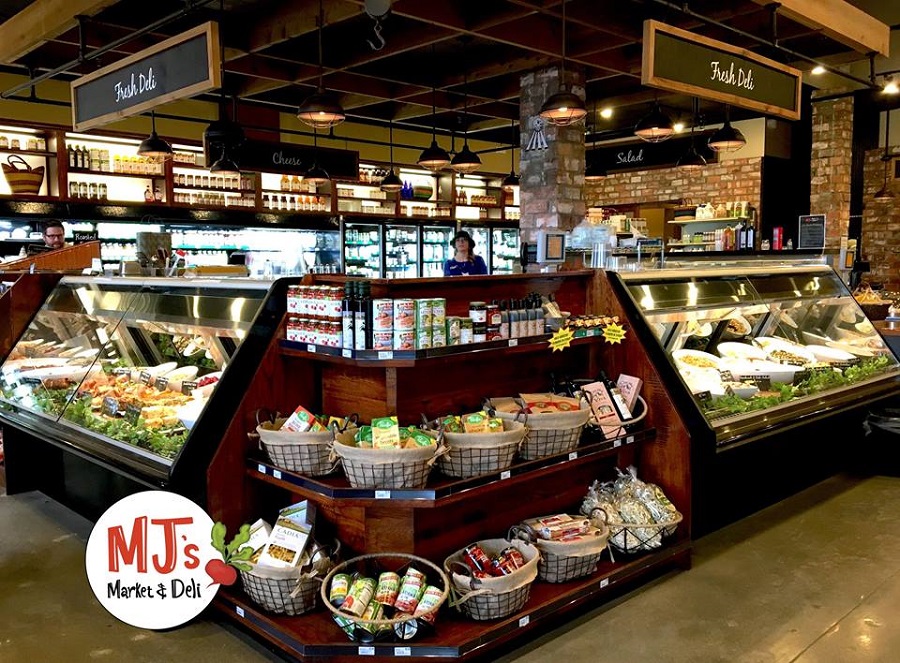
Employees are also incentivized to better educate themselves and thrive. “We give them perks, so they get bonuses for taking webinars and sharing knowledge with their team,” says Farbin. “Each department has a coordinator and we recommend a lot of the coordinators take part in webinars and go to seminars and share with their team.”
In all, MaMa Jean’s has 116 full time employees and 42 part time employees. They offer an employee discount, and for full time employees 70% paid health insurance, including dental insurance, 401K and paid time off for sickness and vacations. Clearly, the stores are an important economic engine for the town.
Remaining Competitive Surviving as an independent natural products retailer is not easy. National chains and ecommerce are hefty competition. Even for MaMa Jean’s, which cornered the market for natural foods in the Ozarks, remaining competitive remains important. One cannot rest on one’s laurels.
“We had to restructure a little bit of our pricing which is reducing some margins in certain areas but it’s just the thing we had to do because at the end of the day, people love shopping with us but if they can go and save some money with the competition, they’re going to go there,” says Farbin. “So, we’d rather have a little less margin on some items and keep them shopping with us. That’s one thing about opening our third location, it has a small warehouse attached to it, so we can go in for some bigger buys so that we can not only offer some fun exciting sales when they first walk in but still retain a little more of the margin because we are buying pallets.”

When it comes to ecommerce, things get a bit more complicated. Previously, MaMa Jean’s had a program Market Plus through UNFI’s Honest Green program but as of May 1, discontinued it. “The idea that was really appealing to us was getting those random special orders for wellness or body care products that weren’t a great seller for us. To not have to physically stock the items and have the convenience of expanding our SKUs by 35,000 products sounded really good,” explains Farbin. “We gave it a shot, but we shut it down because of Amazon, it just wasn’t visited enough and I was really hoping for it to be highly successful but there were some issues on UNFI’s end with it at first and we lost some people that didn’t return to it.”
Now, MaMa Jean’s has plans to build an ecommerce site that would initially allow for pickups and eventually delivery over time. “We have a brilliant IT team,” says Farbin. “[Our IT guy] looked and said he can do that for this much but he said it’s not going to look as professional as the competition in town. We need to look just like them, very professional, so we will have to spend more to have the look and functionality that we need.”
The Tradition Continues MaMa Jean’s is very much a family business, much like so many natural product retailers throughout the country. The same way Farbin worked with her mother in Ava, so too do her children work with her. Farbin’s daughter Kelly is general manager and her son Jeff is central buyer.
“The one thing I really do love is that I get to work with both of my adult children,” says Farbin. “Most of the time that’s a pleasure. When I worked with my mom, I felt that I was working towards her retirement and my future as well.”
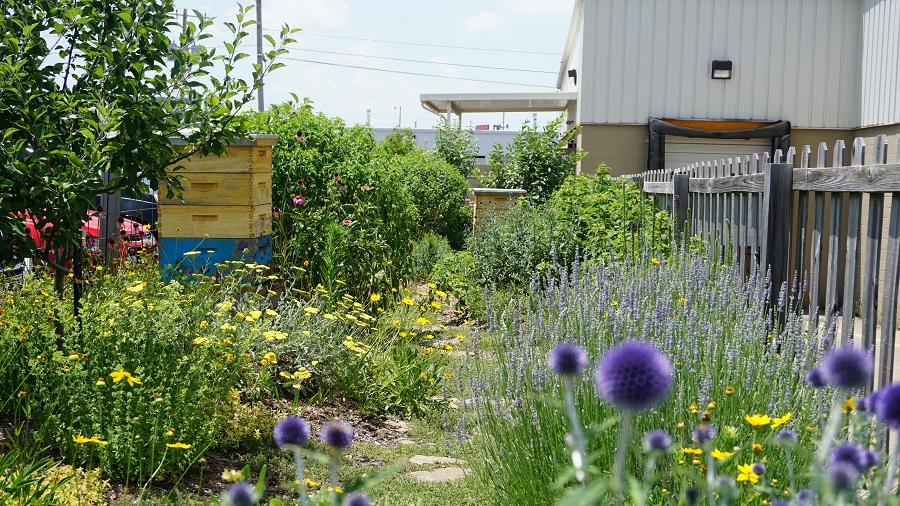
Part of it is practicing what you preach. Farbin explains she was a severe asthmatic who had to regulate her diet to avoid aggravating her condition. When Jeff was born, she realized he had the same affliction when he had an asthma attack after she let him chew a yellow gumball. “I just thought yellow 5 is horrible,” she says. “So, the poor kid didn’t get to have anything colored while he was little.”
Although her son grew out of it, Farbin continued to struggle. “I did some research and there was a local herbalist that made some special formulas for me and within a year I became asthma-free so I’m confident in knowing what we’re doing for a living really does work and really can improve a lot of people’s health.”
That’s the thing about natural product retailers like MaMa Jean’s, they care about the things they sell and their customers because they want to help others the way they were helped. “You just feel so good about what you do,” Farbin explains. “I don’t feel like it’s work, it’s just passion.” WF

